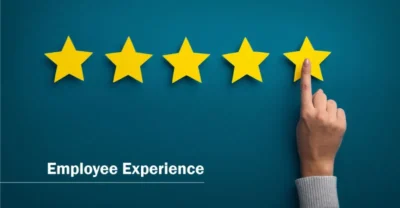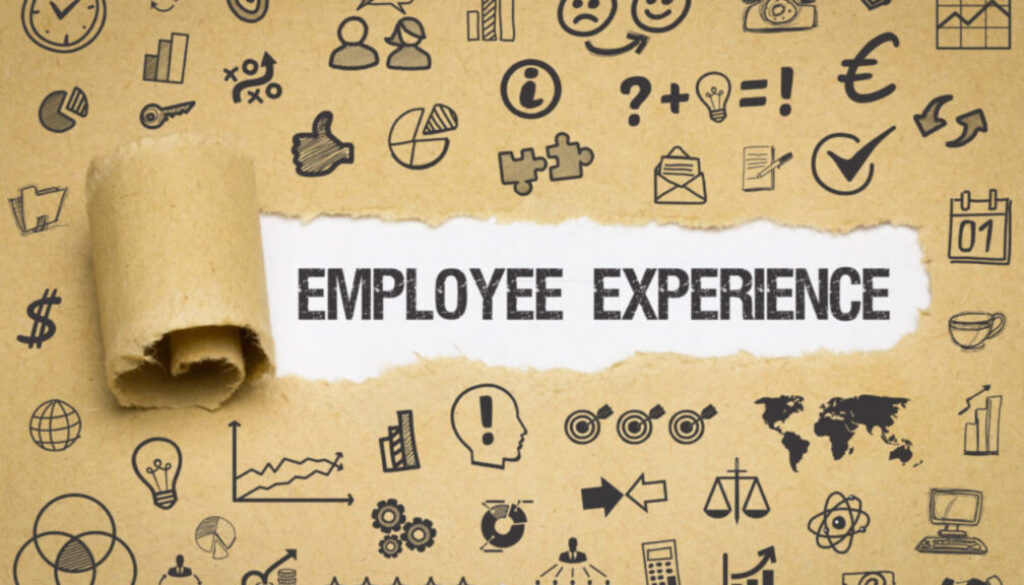It has been tremendous shifts in the workplace involving the dual forces of technological advancements and the global pandemic. Remote work, which was once a niche experiment and never mainstreamed, has now become a staple of modern employment. In dealing with such a hybrid era, a new paradigm for engaging employees has emerged, what is known as Employee Experience 3.0. This shift represents a holistic, technology-driven, and human-centred approach to fostering productivity, well-being, and connection in an increasingly dispersed workforce.
The concept of employee experience has evolved.
Employee Experience 1.0 involved job satisfaction and basic needs: stable salaries, benefits, and job security. Employee Experience 2.0 included workplace culture, career growth, and work-life balance. But the pivot to remote and hybrid models across the globe required an even wider reimagination of engagement—thereby ushering in Employee Experience 3.0.
It looks beyond the box of physical offices and traditional packages of benefits to combine technology and human needs and provide a fluid environment where workers are empowered, connected, and valued, no matter where they are.
The Core Pillars of Employee Experience 3.0
1. Flexibility as a Default
Flexibility has gone from being a nice-to-have to an expectation. Employees want the ability to create their work schedule and environment in alignment with their personal lives. This is not just about working from home; it is flexible hours, asynchronous collaboration, and choice in where and how they contribute to the goals of their organization. Organizations that do not embrace this shift risk losing top talent.
2. Technology as an Enabler
Technology plays a very crucial role in Employee Experience 3.0. Advanced collaboration tools, cloud-based platforms, and artificial intelligence-driven systems ensure that work continues seamlessly, no matter where employees are located. However, organizations must balance efficiency with user experience. Tools that are overly complex or fail to integrate can frustrate employees and hinder productivity. The aim should be to create an ecosystem that facilitates collaboration, innovation, and ease of access.
3. Well-being at the Center
The pandemic reminded everyone of the importance of mental health and well-being. Employee Experience 3.0 centres on holistic well-being, encompassing physical, mental, emotional, and financial health. Programs that support mindfulness, virtual fitness, financial planning, and stress management are no longer optional but essential. Leaders must also foster a culture where seeking help is normalized and supported.
4. Fostering Connection and Belonging
Hybrid and remote setups are also marked by isolation for most employees. It takes deliberate effort to establish connection and belonging. Virtual team-building activities, regular check-ins, and informal interactions can create a sense of camaraderie in the office. Furthermore, engagement strategies must include inclusivity so that all employees feel seen, heard, and valued.
5. Continuous Feedback and Growth
The hybrid era demands agility, not just from businesses but also from employees. Continuous learning opportunities, upskilling programs, and a feedback-driven culture are integral to Employee Experience 3.0. Regular feedback loops allow employees to align with organizational goals while feeling supported in their personal and professional growth.
Leadership’s Role in the Hybrid Era
Leadership in this new age cannot be understood. Managers and executives must lead with empathy, adaptability, and forward vision. They must understand the hybrid team’s struggles and proactively work to overcome them. There must be greater transparency and communication—the employees must feel informed and included in decision-making.
Organizational culture should be set by the leaders. For a hybrid model, culture cannot exist in four walls; instead, it happens in the manner of interactions and processes that become part of organizational life. Organizational leaders should represent the core values, where people feel their trust and loyalty toward them is appreciated.
Challenges and Opportunities
There is no doubt that the hybrid age brings unprecedented opportunity, but this also comes with challenges. If the expectations are not aligned properly between employers and employees, then technology fatigue or unequal access to resources can mar the success of Employee Experience 3.0.
These demand proactive steps and include:
- Regular pulse surveys on employee sentiment, concerns, and requirements.
- Investments in inequitable access to tools and training.
- Proper guidelines and expectations for a hybrid work setup.

Conclusion
As we go forward into the hybrid era, change will be embraced and people-centred. Employee Experience 3.0 is neither a one-size-fits-all solution nor merely a customized model; it also involves iteration to understand employee needs. With technological leverage, the fostering of connectivity, and wellness advocacy, the business will ensure a healthy, thriving workforce better prepared for tomorrow’s challenges and opportunities.
In the end, the hybrid era isn’t about where we work but how we work together to build resilient, innovative, and inclusive workplaces. Employee Experience 3.0 is our guide to redefining engagement in this brave new world.
~ Shraddha Chaurasia, IMS Ghaziabad

